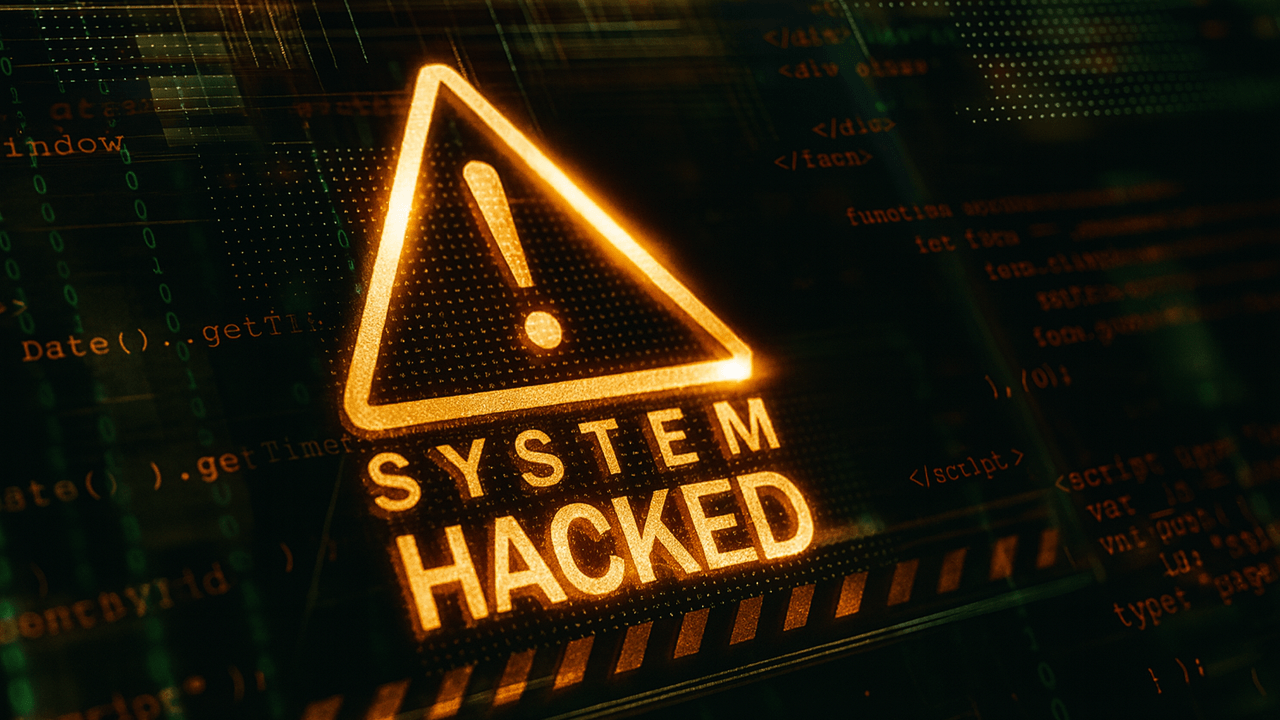The decentralized finance (DeFi) sector has rapidly evolved into a cornerstone of modern financial innovation, offering unprecedented opportunities for peer-to-peer transactions, transparency, and financial inclusion. However, this revolutionary paradigm is not without its perils. The escalating frequency and sophistication of cyberattacks targeting DeFi platforms have raised alarm bells among governments, cybersecurity experts, and financial regulators. The intersection of financial innovation and cybersecurity risks has become a critical focal point, demanding urgent attention and strategic responses.
The first half of 2025 has witnessed an alarming surge in crypto theft, with hackers exploiting vulnerabilities to steal approximately $92 million from DeFi platforms in April alone. This represents a staggering 124% increase compared to March 2025, underscoring the intensifying threat landscape. The cumulative losses for the first six months of 2025 have already surpassed $2.1 billion, a figure that nearly matches the entire volume stolen in 2024 and surpasses earlier records from 2022. This trend highlights the growing attractiveness of DeFi platforms as targets for cybercriminals, driven by the lucrative potential of unregulated and decentralized financial systems.
The predominant attack vectors in the DeFi ecosystem reveal critical vulnerabilities that demand immediate attention. Over 80% of stolen funds result from infrastructure attacks, particularly the theft of private keys and seed phrases. These credentials grant near-total control over crypto assets, and their compromise underscores fundamental weaknesses in wallet management and platform safeguarding mechanisms. Other prevalent attack methods include exploiting smart contract vulnerabilities, phishing, protocol manipulation, and coding errors in DeFi applications. The sophistication and scale of these attacks suggest a shift from opportunistic hackers to more organized and well-funded cybercriminal syndicates.
The escalating threat landscape has raised concerns that nation-state actors are increasingly targeting DeFi infrastructure. Reports from cybersecurity firms highlight a shift from traditional hacker groups to more organized, well-funded nation-state cyber operations. These entities may pursue various objectives, including financial gain, disruption of economic stability, or strategic advantages in geopolitical conflicts. The evolving cyber landscape, described as moving “From DeFi to Defcon,” indicates that financial innovation platforms have become arenas for cyberwarfare. Nation-states exploiting DeFi vulnerabilities may intensify conflicts and complicate international cyber policy frameworks, necessitating a coordinated global response.
The impact of these cyber threats on national security cannot be overstated. U.S. Treasury officials have explicitly warned that the growth of DeFi markets poses significant threats to national security. Concerns include the facilitation of illicit activities such as money laundering, sanctions evasion, and financing terrorism, given DeFi’s pseudonymous and decentralized nature. Additionally, the unregulated, complex, and interconnected nature of DeFi protocols increases systemic financial risks, potentially triggering market shocks if compromised. The heightened vulnerability of critical infrastructure as nation-states target key financial systems further underscores the need for robust regulatory frameworks and international cooperation.
Balancing innovation with security in the DeFi ecosystem presents a formidable challenge. The absence of centralized control complicates enforcement and recovery post-compromise, necessitating a multifaceted approach to mitigate risks. Enhanced security protocols, such as multisignature wallets, hardware security modules, and advanced cryptographic techniques, are essential to safeguard private keys and sensitive data. Rigorous and continuous smart contract audits, along with formal verification processes, can detect and patch vulnerabilities before deployment, reducing the likelihood of successful exploits. Regulatory collaboration is equally crucial, enabling governments and industry players to share threat intelligence, define compliance standards, and respond to attacks with agility. User education initiatives can increase awareness about phishing, credential protection, and secure practices, empowering individuals to navigate the DeFi landscape safely.
The explosive growth of DeFi platforms has unfolded a double-edged sword, fostering financial innovation and inclusion while simultaneously opening avenues for cybercriminals and heightening national security risks. The unprecedented scale of attacks and the emergence of nation-state cyber onslaughts targeting DeFi infrastructure position these platforms at the nexus of technology, finance, and geopolitics. Moving forward, the DeFi ecosystem’s sustainability depends on a concerted effort combining technological resilience, informed regulation, and international cooperation. Only by addressing these multifaceted challenges can the promise of decentralized finance be preserved without compromising security or national interests. The journey from DeFi’s promising beginnings to securing a stable digital financial future remains a critical and urgent endeavor, demanding collective action and strategic foresight.

